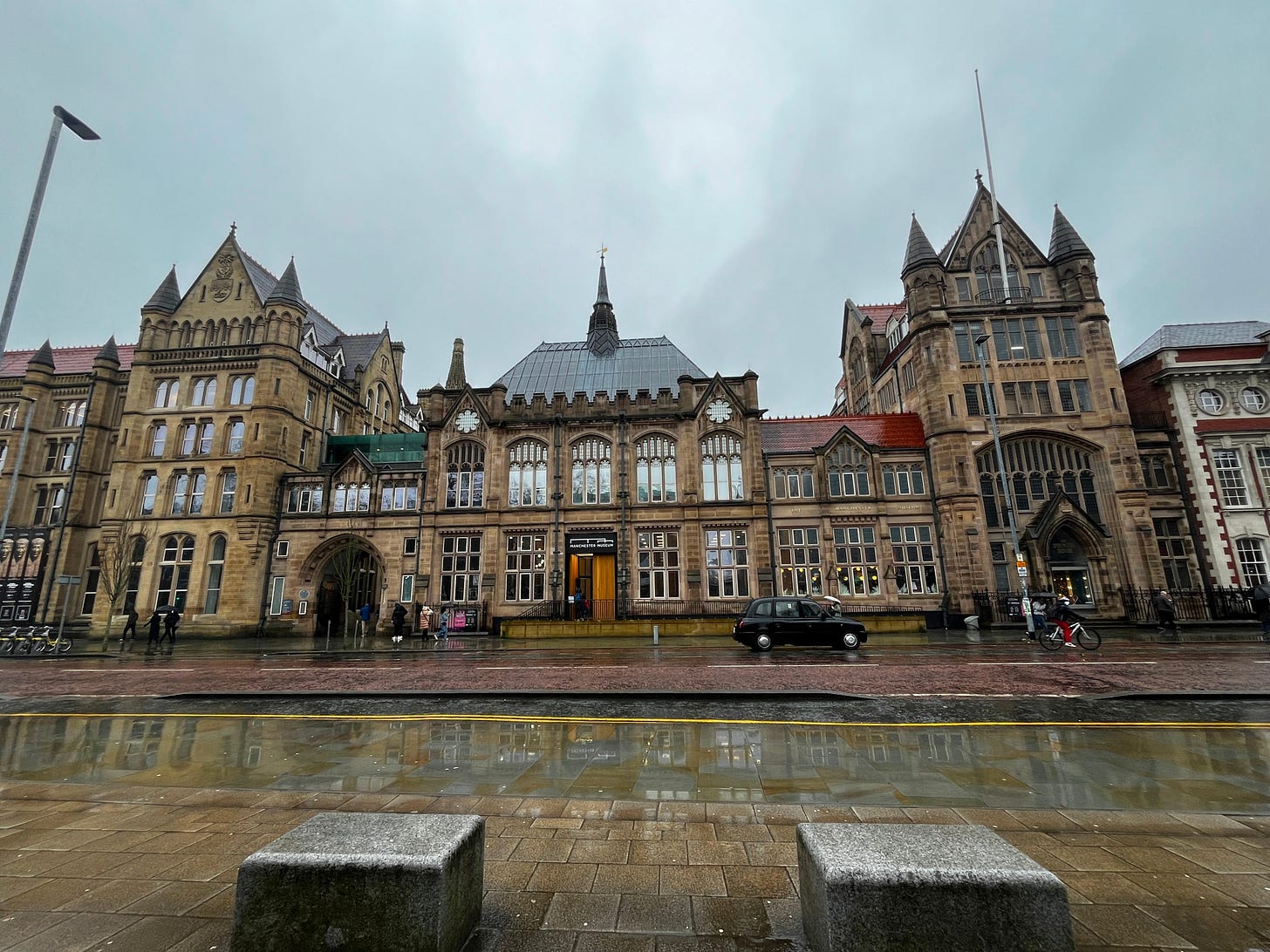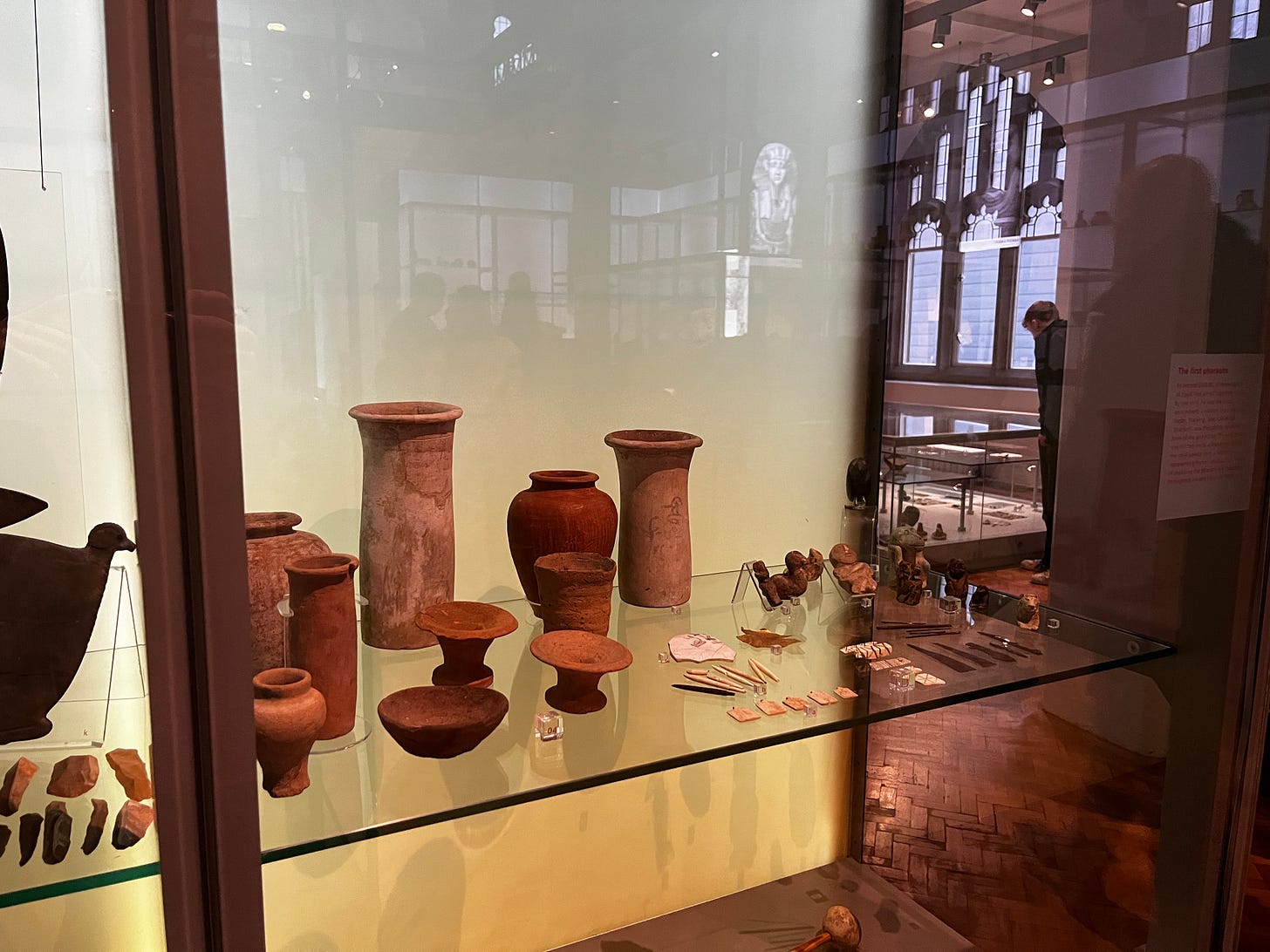Decolonisation & Repatriation in British Museums
Henry North & Theophilus Dirisu spoke to Dr. Njabulo Chipangura and Dr. Kwasi Ampene about different processes of decolonisation in British museums.
Henry North & Theophilus Dirisu
Introduction
In May 2024, the Victoria & Albert Museum and British Museum approved a three-year loan for the treasured Asante Golds to return to Ghana, 150 years after some of the collection was stolen by British colonialists.
The loan deal reignited a long running debate. What should be done with objects in British museums that originate in foreign cultures? The most famous case of all are the Elgin Marbles while examples like the Benin Bronzes being housed in British museums reflects a dark colonial period of British history. For some, if certain objects were to be returned, the gesture would symbolise the beginning of healing some deep colonial wounds.
The main sticking point in repatriating artefacts is not the dismissive and patronising claim that certain communities can’t care for their artefacts, but actually the British Museum Act 1963. Under Section 5 of the act, the museum’s Board of Trustees can’t dispose of items unless they are: duplicates, damaged (“unfit to be retained”) or transferred to another public institution in the UK.
We spoke to Dr. Njabulo Chipangura and Professor Kwasi Ampene about how they have approached the topic of repatriation and the processes they have put in place to decolonise British museums.
Manchester Museum
For Dr. Njabulo Chipangura, the Curator of Living Cultures at Manchester Museum - the biggest university museum in the UK - we have to take a step back to understand the repatriation question and the decolonisation process.
Manchester Museum, with over 35,000 anthropological objects from all over the world, was born out of the British Empire and part of Njabulo’s job is to think about how to decolonise the museum. While repatriation may be part of this process, a lot of Dr. Chipangura’s research considers objects in museums “living cultures” and assesses how the objects came to be what they are, what the process of acquiring these artefacts was and how best to represent the stories of where they came from.
Traditionally a sole curator decides what exhibitions are shown in a museum and what information is displayed about an object, but Dr. Chipangura has taken on another approach, co-curatorship.
Dr. Chipangura said on co-curatorship, “when we display [objects] we’re trying to represent the story, but you cannot represent the story of Africa without the communities from where these objects were looted from. I do provenance research and I start off by thinking of African diasporas. Who are these diasporas? They are people from Nigeria, Ghana, Tanzania, Uganda, you name it.”
Museums can be considered exclusive places, as it is usually one curator who tells a story, but the process of co-curation is an invitation for inclusivity as Dr. Chipangura said, “you are bringing those people with indigenous perspectives onto the table, allowing them to tell their own stories in the museum”.
The results of a co-curated museum have been varied but all positive. Dr. Chipangura gave an example of how the Manchester Museum’s community interacted with a tusk on display from Benin (historically part of modern-day Nigeria). Once proper historical information was displayed with the tusk, the museum decided to ask the visitors what they thought should be done with it. Around 98% of people asked for the object to be repatriated to Nigeria. So at the time of the interview, the tusk was awaiting formal repatriation.
Despite repatriation being illegal for British museums, the Manchester Museum is a university owned museum so it can operate outside of that specific piece of legislature.
Dr. Chipangura also spoke of another example of co-curatorship. He said, “when I was appointed curator, I went down to the basement and saw this impressive collection of beads from South Africa, lovely, beautiful, almost 4000 pieces of beadwork. But at that time there was nothing more, apart from the aesthetic representation of these beads, no story, none whatsoever”.
To discover more about the beads, Dr. Chipangura travelled to South Africa to speak to the communities where the beads were collected. He said, “a lot of stories came about ritual functions, stories of love, healing, symbolic meaning, contemporary meaning. Then we sat down together for two weeks in the field and asked them, collaboratively, how they wanted their stories to be told in Manchester.”
The community from South Africa came together to say that they were not after repatriation, they only wanted the stories of the beads’ heritage to be told properly in the museum. So Dr. Chipangura curated an exhibition in part of the museum that tells the true story of the beads. An example of when co-curatorship has allowed communities to drive the narrative for objects in museums.
Co-curation is a key step toward the decolonisation process of Manchester Museum as Dr. Chipangura explained the decolonising system as “redefining how we make knowledge away from Western ways of knowing and doing”.
Manchester Museum’s approach to curation has been recognised with the museum being named 2025’s European Museum of the Year by the European Museum Forum.
The Repatriation Process
Politics aside, the practicalities for the repatriation process can be complicated. For example, there can be a tendency to view all African communities as similar but this would be a gross oversimplification. Like the rest of the world, African communities are not homogeneous, they have complex political structures so to know where - or who to - repatriate objects can be complex.
During the repatriation process, objects can also have certain strings attached with their return, but for the Manchester Museum and Dr. Chipangura, they facilitate unconditional repatriations. Dr Chipangura described this as, “when you repatriate unconditionally, you don’t have to worry about where these objects are going to go in Africa, or tell African communities that you don’t have good museums because in Africa, these objects were never meant to be in a museum anyway, whether they want to throw them away or whatever - it’s their business. That’s part of unconditional repatriations. Museums must not give conditions to African communities on how they’re supposed to take charge of their own cultural heritage.”
We also spoke to Dr. Kwasi Ampene, an Associate Professor of Ethnomusicology at the University of Michigan who was instrumental in the two-year-long Asante Gold negotiations.
Dr. Ampene outlined some of the practical difficulties and costs of repatriation. Once passing the legal means for repatriation, there's the challenge of getting objects through customs, finding a company to package the objects and security considerations.
He also highlighted the importance of repatriation as he said growing up in Africa, “We have nothing to look up to. We have a vacuum and our children wake up and they have nothing that was created by their ancestors to continue their lives. So the return is a way of reconstituting that personhood. The value is immeasurable in terms of cultural value that can be gained from just seven items that have been returned permanently.”
The debate surrounding repatriation will continue to be a highly-charged political debate. As late as 2023, the then Prime Minister Rishi Sunak tripped himself up when discussing the Elgin Marbles, but for many, repatriation is just a way for objects to be returned to their ancestral home.




